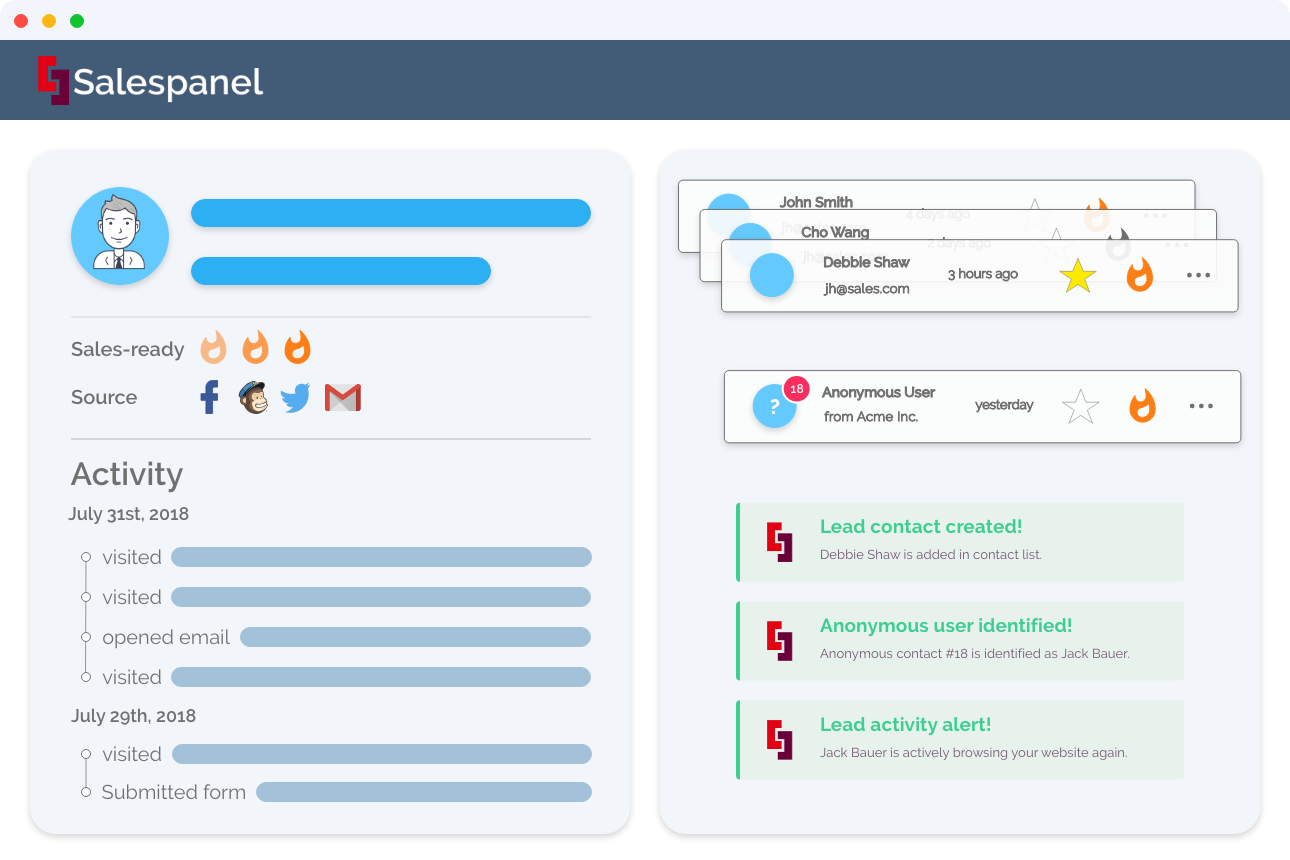Inaccurate Data
As previously mentioned, data is the backbone of the ABM strategy. As a result, inaccurate data can have negative effects in your sales process. Imagine that you have wrong/outdated information about a lead. What if your lead changes his company and is no longer relevant to you? This would mean that you are chasing the wrong person to a dead end and wasting resources. Also, relying on one data metric instead of a group of them can be risky. The entire system will depend on the accuracy of that single metric. Using an effective combination of data points minimizes the risks. The data risk can be minimized by utilizing the right software solutions.
Complications With Implementation
Not only ABM takes months to implement properly, it also changes your entire sales structure. This means that your marketing team needs to be properly trained to correctly implement this strategy. Your business might also need new employees who can adapt well with the new strategy.
GDPR and Data Protection Laws
A system heavily reliant on data and customer tracking means that your company is storing and using customer data. This warrants a concern and a need to stay compliant with data protection laws. You (as a data controller) need to stay GDPR compliant. Your data processor and provider also needs to be GDPR compliant. Salespanel is a GDPR compliant solution and we also help our customers stay GDPR compliant.
Setting Up the Right Qualifiers
Lead qualification is the process that filters out ABM eligible leads for you. This means that the qualifiers need to be right or your conversion rates will severely be impacted. To set up the right lead qualification system, you need to truly understand your customer profiles and set up the right qualifiers to prioritize them. It might also take some A/B testing and optimizations to get it right. This, however, is a one time process. Once set up, you are good to go.
The various challenges may sound scary but they can be dealt with. After all, the increase in ROI and a better sales cycle can make everything worth it for you.

